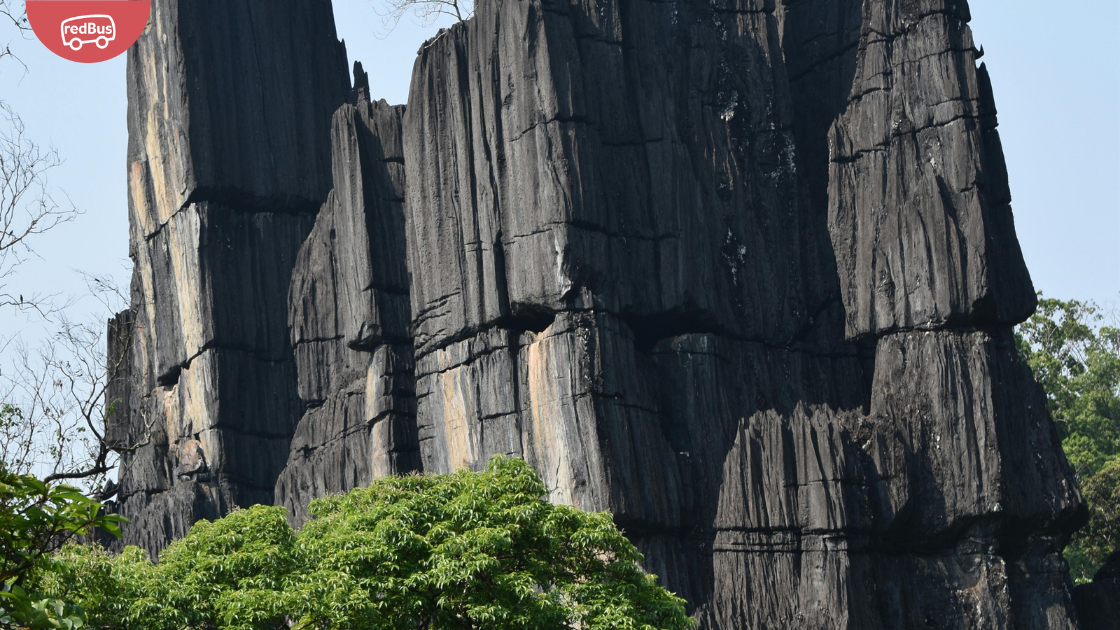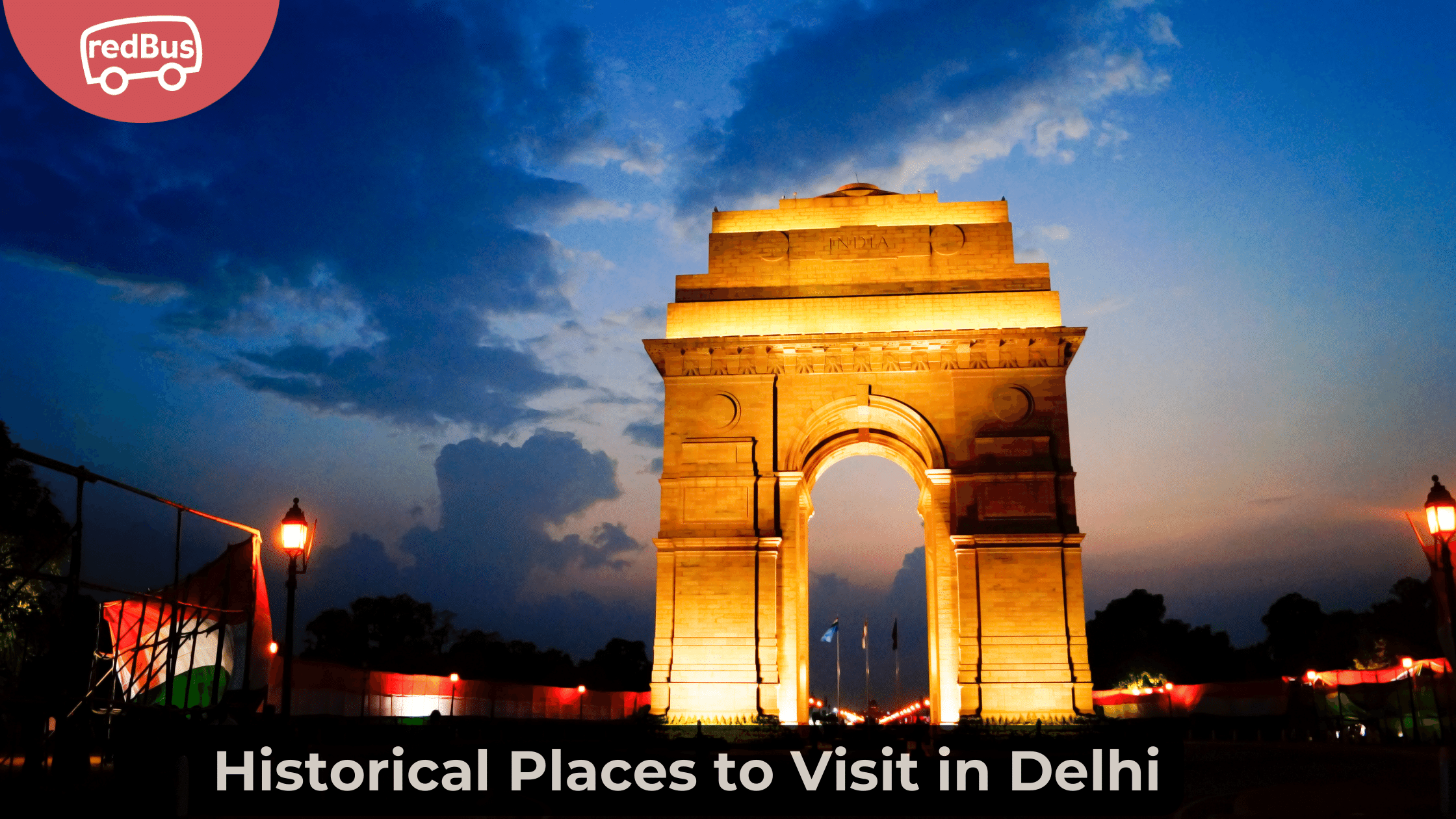Delhi, India’s capital, is a spectacular fusion of antiquity and modernity, serving as the power seat for many dynasties and empires throughout Indian history. The city is adorned with formidable forts, majestic mosques, and grand monuments left by the Mughal rulers and British Raj. This guide explores 15 of the most iconic historical sites in Delhi that offer a glimpse into India’s rich past.
1. Red Fort
Constructed by Emperor Shah Jahan in 1648, the Red Fort is renowned for its massive enclosing walls of red sandstone. It remains a symbol of India’s sovereignty, with the Prime Minister delivering the Independence Day speech here annually. Its architecture reflects the zenith of Mughal creativity under Shah Jahan.
2. Qutub Minar
Standing at 240 feet, this UNESCO World Heritage Site is the tallest brick minaret in the world. Built by Qutb-ud-din Aibak in 1193, Qutub Minar is famed for its intricate carvings and verses from the Quran and makes for a striking photograph against the Delhi sky.
3. Humayun’s Tomb
This tomb, built in 1570, is of particular cultural significance as it was the first garden-tomb on the Indian subcontinent. It inspired several major architectural innovations, culminating in the construction of the Taj Mahal.
4. India Gate
Designed by Sir Edwin Lutyens in 1921, India Gate stands as a memorial to honor the 70,000 soldiers of the British Indian Army who died in World War I. The flame of the immortal soldier, Amar Jawan Jyoti, burns day and night under the arch.
5. Jama Masjid
Commissioned by Shah Jahan in 1650, Jama Masjid is one of the largest mosques in India. It can accommodate more than 25,000 people. The mosque’s courtyard provides a tranquil escape from the city’s hustle and bustle.
6. Lotus Temple
Known for its flowerlike shape, the Lotus Temple is a Bahá’í House of Worship completed in 1986. Notable for its nine sides and stunning central hall, it’s open to all regardless of religion, as is characteristic of Bahá’í temples around the world.
7. Raj Ghat
Raj Ghat is a memorial dedicated to Mahatma Gandhi. It marks the spot of Gandhi’s cremation, left open to the sky while an eternal flame burns at one end. It’s a place of quiet reflection, away from the city’s frenetic pace.
8. Rashtrapati Bhavan
Formerly the Viceroy’s House, this expansive presidential palace is an architectural marvel by Edwin Lutyens. It blends Mughal and Western architectural styles and is the official residence of the President of India.
9. Purana Qila
The Old Fort or Purana Qila is believed to be situated on the site of Indraprastha, the legendary capital of the Pandavas. The fort’s architecture is a blend of Hindu and Islamic styles, reflecting the spirits of the two major religions of India.
10. Jantar Mantar
Built in 1724 by Maharaja Jai Singh of Jaipur, Jantar Mantar features a collection of nineteen architectural astronomical instruments. It showcases the scientific acumen of ancient India in the field of astronomy.
11. Safdarjung’s Tomb
Representing the last phase of Mughal architecture, Safdarjung’s Tomb was built in 1754 for the statesman Safdarjung. The complex includes a charbagh garden, with the mausoleum at its heart, reflecting the garden tomb style.
12. Tughlaqabad Fort
Constructed by the founder of the Tughlaq dynasty, Ghiyas-ud-din Tughlaq, in 1321, this fort is a remarkable example of medieval architectural planning. Though now in ruins, it offers a hauntingly beautiful sight and a glimpse into the past’s grandeur.
13. National Museum
The National Museum holds an extensive range of exhibits that depict the span of Indian history from pre-historic to modern times. This museum is a treasure trove for history lovers looking to understand the arts, crafts, and culture of India.
14. Agrasen ki Baoli
Famous for its 103 steps made of red stone, Agrasen ki Baoli is believed to be constructed by Maharaja Agrasen during the Mahabharata era. This historical step well is one of the coolest places in the city to visit, literally and figuratively!
15. Nehru Planetarium
The Nehru Planetarium has been promoting astronomy and space science since 1984. Besides its educational significance, the building itself is a part of modern history, situated at Teen Murti House, the official residence of India’s first Prime Minister, Jawaharlal Nehru.
Conclusion
Delhi serves not just as the political capital but as a historical archive, displaying layers of history woven into the fabric of its cultural, architectural, and religious heritage. Each site tells a unique story, making Delhi a profound experience for those who seek to dive deep into India’s past.
When planning your trip to these historical marvels, consider the convenience and ease redBus offers. With its user-friendly interface, you can book your journey to Delhi effortlessly, ensuring you have more time to explore and less to worry about. Visit redBus today and get ready to uncover the historical wonders of Delhi!
This enriching journey through Delhi’s history educates and inspires visitors, offering a deeper understanding of the city’s monumental past and vibrant culture.







